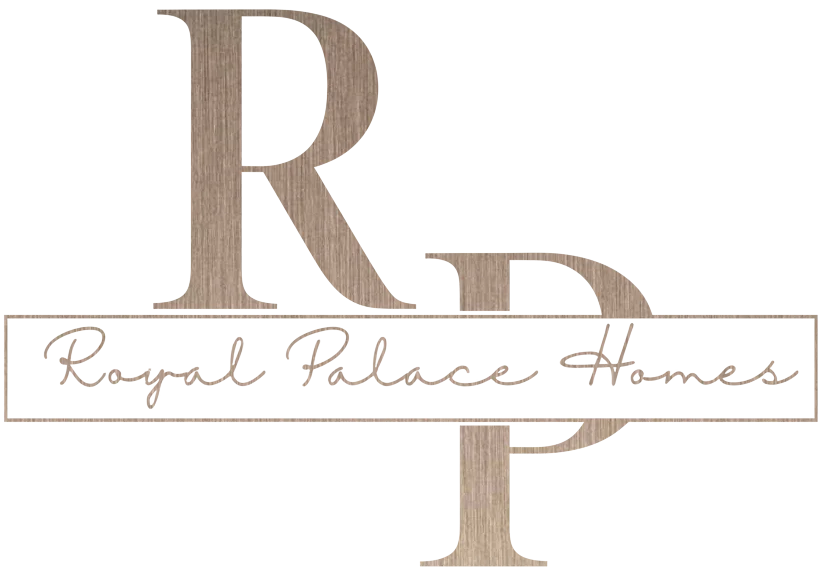When it comes to DIY painting projects, having the right tools and equipment can make all the difference in achieving professional-looking results. Whether you’re refreshing a room with a new coat of paint or tackling a larger project like painting your home’s exterior, having the essential tools on hand will streamline the process and ensure a successful outcome. In this blog post, we’ll explore some of the must-have tools and equipment for DIY painting projects.
1. Paintbrushes and Rollers: A good quality set of paintbrushes and rollers is essential for any painting project. Invest in a variety of sizes and shapes to ensure you have the right tool for different surfaces and areas. Look for brushes with synthetic bristles for water-based paints and natural bristles for oil-based paints.
2. Painter’s Tape: Painter’s tape is a handy tool for creating clean and crisp lines when painting. Use it to mask off areas that you don’t want to get paint on, such as trim, baseboards, and ceilings. Make sure to apply the tape carefully and remove it promptly after painting to avoid peeling off dried paint.
3. Drop Cloths: Protect your floors, furniture, and other surfaces from paint splatter and spills with drop cloths. Canvas drop cloths are durable and reusable, while plastic drop cloths are ideal for quick and easy cleanup. Place drop cloths strategically around the work area to minimize mess and make cleanup a breeze.
4. Paint Trays and Liners: Paint trays are essential for holding and distributing paint while rollers are in use. Opt for sturdy trays with disposable liners for easy cleanup. Having multiple trays on hand allows you to work efficiently with different paint colors or finishes.
5. Extension Poles: For painting hard-to-reach areas like ceilings and high walls, an extension pole is a game-changer. Attach the pole to your paint roller to extend your reach and avoid the need for ladders or scaffolding. Look for lightweight and adjustable poles for added convenience.
6. Sandpaper and Sanding Blocks: Proper surface preparation is key to achieving a smooth and professional paint finish. Sandpaper and sanding blocks are essential for smoothing rough surfaces, removing old paint or imperfections, and ensuring proper adhesion of new paint. Choose the appropriate grit for the job at hand.
7. Paint Sprayer (Optional): For larger painting projects or when seeking a flawless finish, a paint sprayer can be a valuable tool. Paint sprayers are efficient for covering large areas quickly and evenly. Consider renting a paint sprayer for occasional use or invest in one if you plan to tackle frequent painting projects.
By equipping yourself with these essential tools and equipment, you’ll be well-prepared to tackle DIY painting projects with confidence and achieve professional-quality results. Remember to prioritize safety by wearing appropriate protective gear, ventilating the work area, and following manufacturer’s instructions for all tools and materials. Happy painting!

